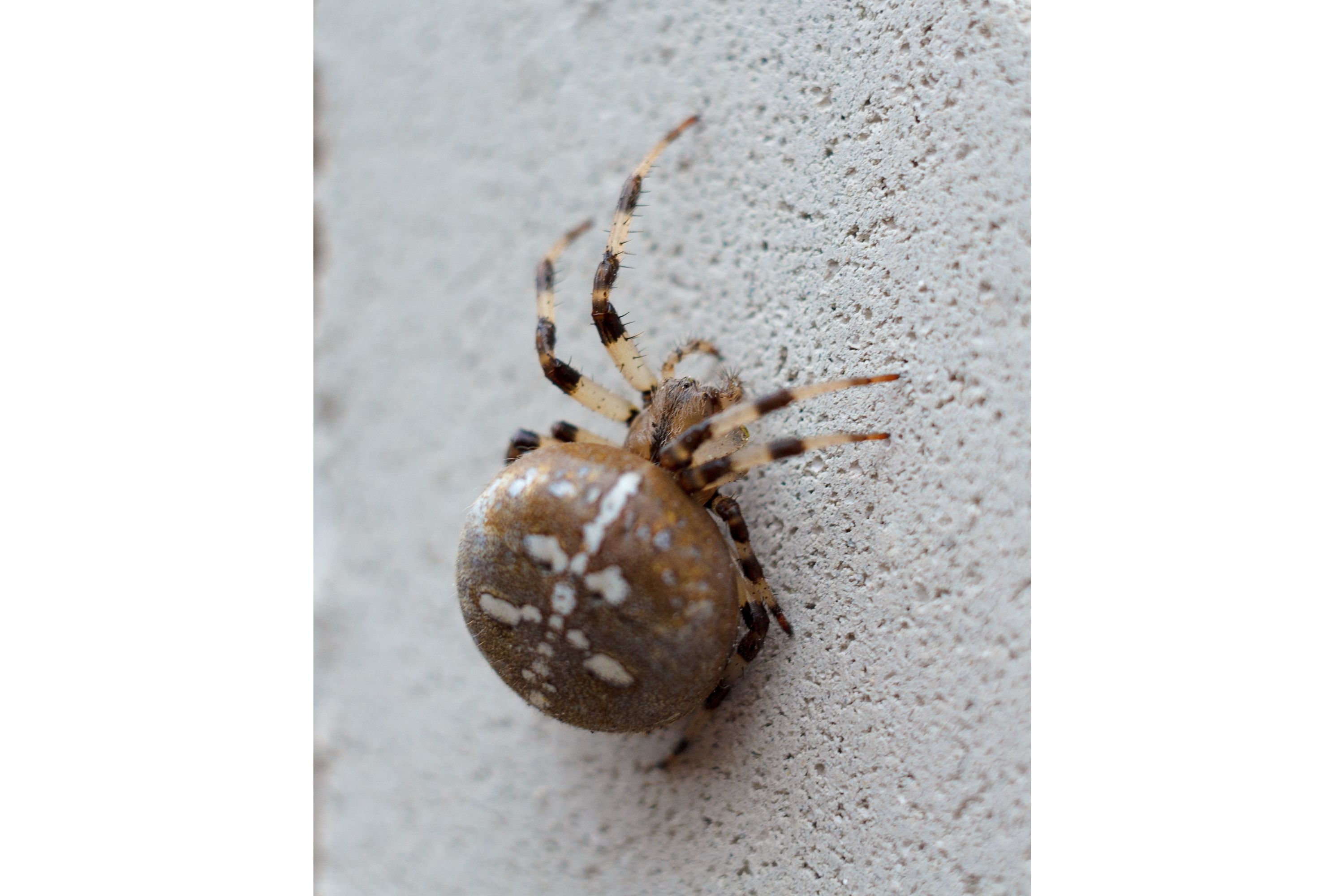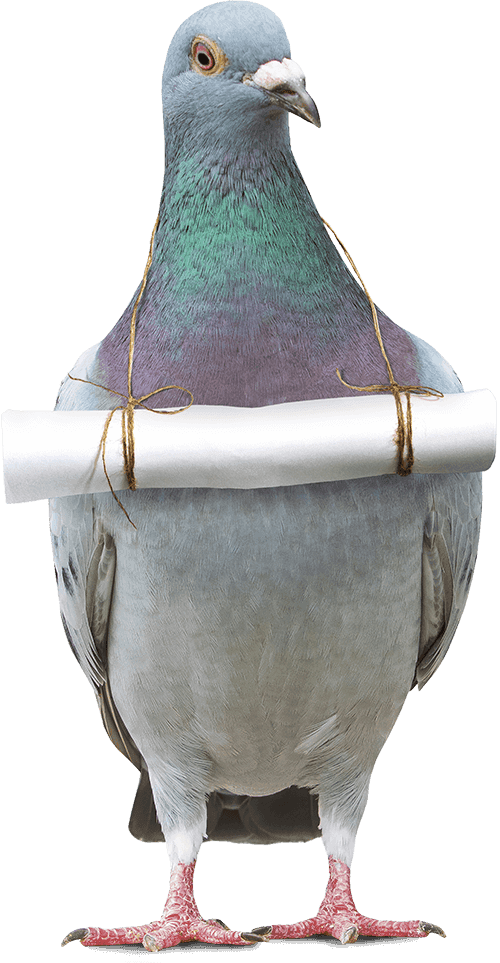Shamrock orbweaver
(Araneus trifolium)

Description
Araneus trifolium, the shamrock orbweaver, is a species of orb weaver in the family Araneidae. It is found throughout the USA and in Canada. The abdomen of Araneus trifolium can have various colors. Most commonly, it is seen in a beige or brown color. Occasionally, the abdomen of the spider has a greenish touch to the brown color or it may even be yellow or orange. In the latter case, Araneus trifolium is sometimes confused with the orange orb weaver species Araneus marmoreus, also called pumpkin spider. The shamrock spider can be distinguished from other orb weaver species by the several white dots on its back. The legs of Araneus trifolium are usually brown or beige colored with several white bands around the joints. The shamrock spider creates a web to catch its prey. Small flying insects who fly into the web will get stuck in the sticky net. The web of an orb weaver can be up to two feet (60cm) in diameter. The bite of a shamrock spider can be painful but it is not dangerous for humans with effects comparable to a bee sting. Araneus is a genus of common orb-weaving spiders. It includes about 650 species, among which are the European garden spider and the barn spider. The genus was erected by Carl Alexander Clerck in 1757. Spiders of this genus present perhaps the most obvious case of sexual dimorphism among all of the orb-weaver family, with males being normally 1⁄3 to 1⁄4 the size of females. In A. diadematus, for example, last molt females can reach the body size of up to 1 in (2.5 cm), while most males seldom grow over 0.3 in (1 cm), both excluding legspan. Males are differentiated from females by a much smaller and more elongated abdomen, longer legs, and the inability to catch or consume prey bigger than themselves. In females, the epigyne has a long scape (a tongue-like appendage). Male pedipalps have a hook-like terminal apophysis. Abdominal tubercles are present anterolaterally.
Taxonomic tree:







